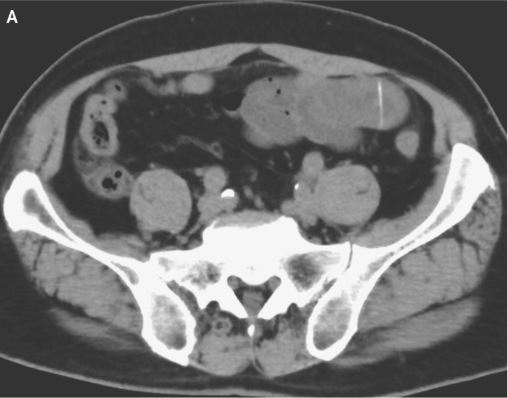When you buy through link on our site , we may earn an affiliate commission . Here ’s how it operate .
The ancient carnivorous mega - piranha , which lived between 6 million and 10 million years ago , packed a fearsome collation with a force that was up to 50 time its free weight , happen a new sketch .
quid for pound , the extinct predator beat out other mega - piranha like an ancient , semi - motortruck - size of it shark called theCarcharodon megalodon .

Black piranhas have a fearsome bite that, pound-for-pound, rivals that of much bigger predators. Here, Justin Grubich with a black piranha on the Amazon.
" When you remove body sizing , the piranhas twist out to be the real champions , " said Justin Grubich , study co - author and a marine biologist at the American University of Cairo . " They ’re the tangible champs in price of jaw organic evolution . "
The findings were detailed today ( Dec. 20 ) in Nature ’s journal Scientific Reports .
Megapiranha paranensis , a 20- to 30 - quid fish , survive in South America during the Miocene geological era , when the Amazon and Parana basin were one continuous habitat . During that time , all animals , from snakes to fish to crocodile , were massive , Grubich aver .

Black piranhas weigh only 2 pounds on average, yet can generate 70 pounds of force.
However , when the Andes Mountains lift , they divide the two basins , which scientists think caused mega - marauder to go extinct .
" You ended up with these isolated pockets , the habitat shrunk " Grubich told LiveScience . " There no longer were prey imagination uncommitted to sustain its consistence size . "
To infer how dread mega - piranha ’s bite was , they looked at its smaller , but no less fearsome relation , the modern - day calamitous predator . Though they weigh a mere 2 pounds ( 0.9 kg ) on average , piranhas are infamous for their razor - incisive teeth , voracious hungriness for gist , and their power to swarm , and devour , feed much largerthan them , such as the 6 - invertebrate foot - long ( 2.5 time ) arapaima fish . Piranhas have even been known to bite off the toes of unwary human beach - departer , Grubich said . [ Image Gallery : Freaky Pisces ]

Grubich and his team captured piranhas from the Amazon and had them clamp down on a metal twist that measured their chomp force . Themighty jawsgenerated up to 72 dog pound - force out ( 320 Newtons ) , about 35 times its free weight , he tell . That powerful force allows the marauder to quickly bite whole chunks of material body from animals as they go past by . " When we begin appraise the bites in these comparatively , petite pocket-size little Pisces we were just bobble by by how hard their insect bite were , " he allege .
Next , the squad modeled the mechanical forces generated in the jaw . They ascertain the black marauder ’s collation was so fearsome , because the jaw muscles connected the back of the jaw to the front , almost up to the front dentition , admit the muscle force to be transferred more expeditiously to the tooth , he say .
By extrapolating from the jaw structure and size of the fateful piranha to the mega - piranha , the squad was capable to reconstruct the chomp of theextinct predator . They establish the mega - vulture would have packed a bite between 279 and 1,067 pounds - power ( 1,240 and 4,749 Newtons ) . count on the mega - piranha ’s weight , that force would run from nine to 50 times its weight . dog pound - for - pound , that s as if a supermodel had the raciness of aT. king .

As a postdate - up subject , the squad now need to contemplate a relative of the black caribe , a fish called a pacu that cracks Brazil nut in its jaws .
















